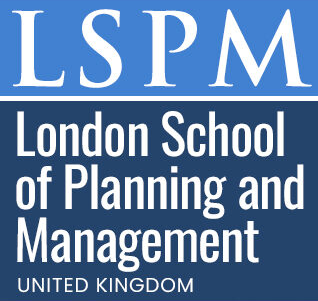Executive Certificate in Semantic Mapping for Education
Published on June 20, 2025
About this Podcast
HOST: Welcome to our podcast, today I'm excited to be joined by Dr. Jane Smith, an expert in the field of education and the instructor for our new course, the Executive Certificate in Semantic Mapping for Education. Dr. Smith, thank you for joining us today. GUEST: Thank you for having me, I'm looking forward to our conversation about this powerful visual learning strategy. HOST: Can you start by sharing with us your personal experience with semantic mapping and why you believe it's such an effective tool for educators? GUEST: Of course, I've seen firsthand how semantic mapping can enhance students' understanding of complex concepts. By visually organizing information, students can make connections and retain information more effectively. HOST: That's fascinating, and it's great to hear how semantic mapping can have a direct impact on student learning. Can you tell us about any current industry trends related to semantic mapping and visual learning strategies? GUEST: Absolutely, there's a growing emphasis on personalized learning and differentiated instruction, and semantic mapping is a valuable tool for meeting the unique needs of each learner. Additionally, with the rise of remote and hybrid learning, visual learning strategies are more important than ever. HOST: Yes, that's definitely true, and it's crucial for educators to have a variety of tools and strategies at their disposal. Speaking of challenges, what are some common obstacles that educators face when implementing semantic mapping in their classrooms? GUEST: One challenge is helping students understand how to effectively use semantic mapping as a study tool. It's important to provide clear instructions and examples, and to give students plenty of practice using the strategy. HOST: That's a great point, and it's important for educators to provide support and guidance as students learn to use new strategies. Looking to the future, where do you see semantic mapping and visual learning strategies playing a role in education? GUEST: I believe that semantic mapping and visual learning strategies will continue to be an important part of education, especially as technology evolves and new tools become available. By incorporating these strategies into their teaching practices, educators can help students become more independent learners and better prepared for the future. HOST: Dr. Smith, thank you so much for sharing your insights and expertise with us today. The Executive Certificate in Semantic Mapping for Education is now open for enrollment, and I encourage all educators to explore this valuable learning opportunity. Thank you for joining us today. GUEST: Thank you for having me, it's been a pleasure.
